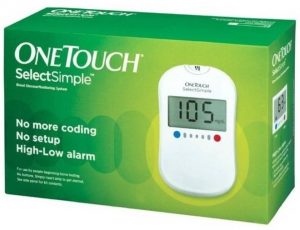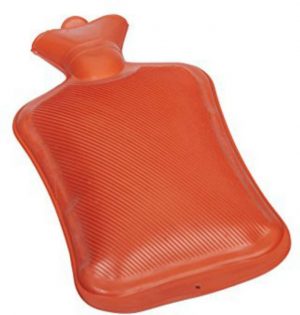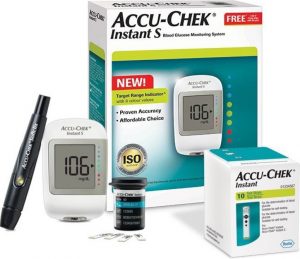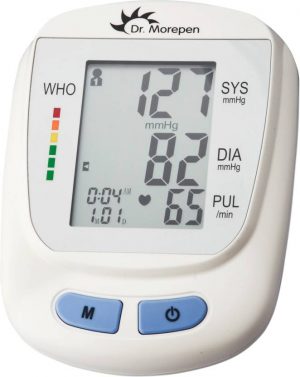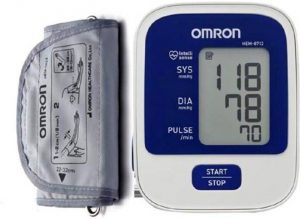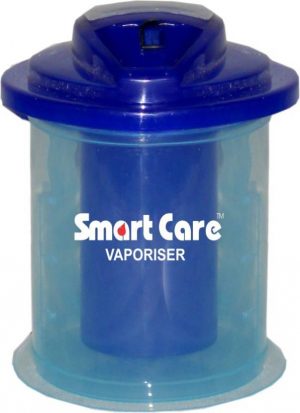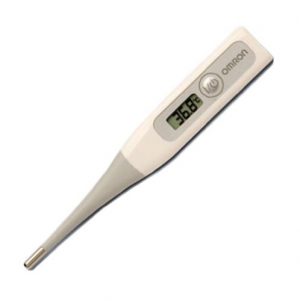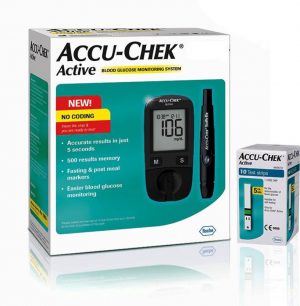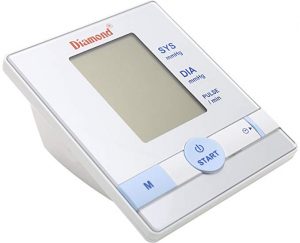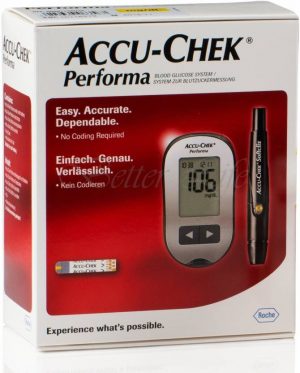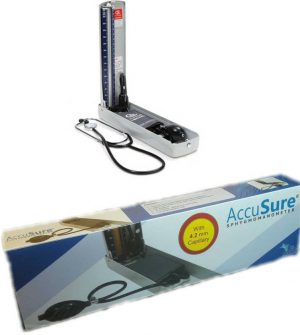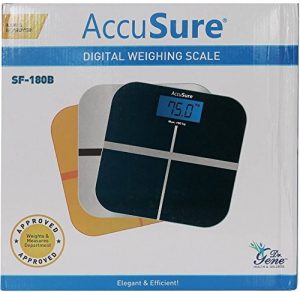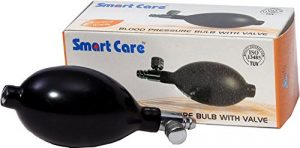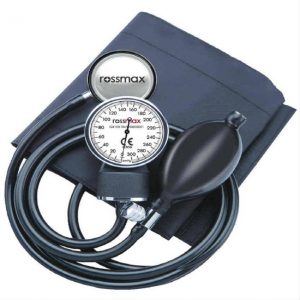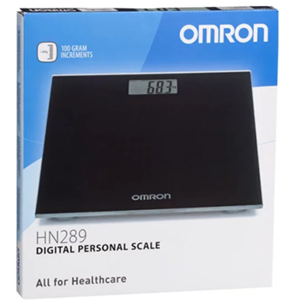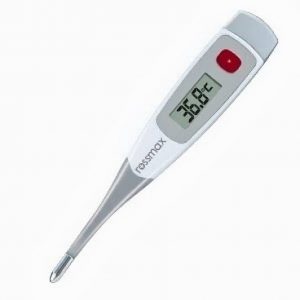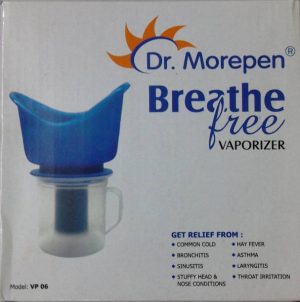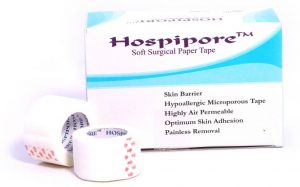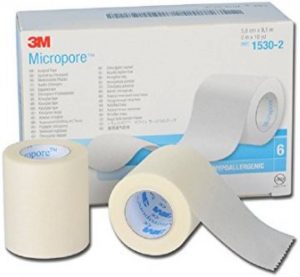Medical Equipments
Medical equipment encompasses a wide range of devices, instruments, machines, and tools used by healthcare professionals and in medical settings to diagnose, treat, and monitor patients. These instruments are vital for the delivery of healthcare services and can be broadly categorized into several categories:
- Diagnostic Equipment:
- Stethoscope: Used to listen to internal sounds, like heartbeats and lung sounds.
- Blood Pressure Monitor: Measures a patient’s blood pressure.
- Thermometer: Used to measure body temperature.
- X-ray and Imaging Machines: Including X-ray machines, MRI scanners, and CT scanners for visualizing internal structures.
- Ultrasound Machines: Used for imaging and diagnosis, particularly during pregnancy.
- Blood Glucose Monitors: Used by individuals with diabetes to monitor their blood sugar levels.
- Surgical Instruments:
- Scalpels, Forceps, and Surgical Scissors: Used in various surgical procedures.
- Electrocautery Devices: Used for cutting or coagulating tissue during surgery.
- Surgical Lasers: Used for precise cutting and tissue removal.
- Surgical Drills: Used in orthopedic and other surgical procedures.
- Life Support and Monitoring Equipment:
- Ventilators: Assist with breathing in patients who can’t breathe on their own.
- Defibrillators: Used to deliver an electrical shock to the heart in cases of cardiac arrhythmias.
- ECG (Electrocardiogram) Machines: Record the electrical activity of the heart.
- Pulse Oximeters: Measure oxygen levels in the blood.
- Infusion Pumps: Administer controlled amounts of medications and fluids.
- Dental Equipment:
- Dental chairs and drills: Used by dentists for oral examinations and procedures.
- X-ray machines: For dental radiography.
- Dental lasers: Used for various dental treatments.
- Laboratory Equipment:
- Microscopes: Used to examine cells and microorganisms.
- Centrifuges: Used to separate substances in blood or other fluids.
- Autoclaves: Sterilize instruments and equipment.
- Analyzers: For analyzing blood, urine, and other specimens.
- Patient Mobility Aids:
- Wheelchairs: Assist individuals with mobility impairments.
- Walkers and Canes: Provide support for walking.
- Hospital Beds: Designed for use in healthcare facilities.
- Rehabilitation Equipment:
- Physical Therapy Machines: Such as ultrasound machines for therapeutic purposes.
- Orthopedic Braces and Supports: Used for injury recovery.
- Assistive Devices:
- Hearing Aids: Used by individuals with hearing impairments.
- Prosthetic Devices: Artificial limbs for amputees.
- Ophthalmic Equipment:
- Ophthalmoscopes and Retinoscopes: Used by eye doctors to examine the eyes.
- Slit Lamps: Microscopes for examining the eye’s anterior segment.
- Tonometers: Measure intraocular pressure.
- Emergency Medical Equipment:
- Ambulance Equipment: Includes stretchers, defibrillators, and basic life support equipment.
- First Aid Kits: Contain basic supplies for initial medical care.
These are just a few examples of the many types of medical equipment used in healthcare. The specific equipment required depends on the medical specialty, the healthcare setting, and the needs of patients. The selection and use of medical equipment are subject to strict regulations and standards to ensure patient safety and the quality of care.
Showing all 22 results
-
Sale!

OneTouch Select Simple Glucometer
Rs.890 (inc. tax)In stock
Buy product -
Sale!

Sara Care Hot Water Bottle (super delux)
Rs.114 (inc. tax)In stock
Buy product -
Sale!

Accu-Chek Instant S blood glucose meter
Rs.930 (inc. tax)In stock
Buy product -
Sale!

Dr Morepen BP Monitor BP-09
Rs.1,049 (inc. tax)In stock
Buy product -
Sale!

Omron HEM-8712 BP Monitor
Rs.1,550 (inc. tax)In stock
Buy product -
Sale!

Smart Care Facial Vaporiser
Rs.298 (inc. tax)In stock
Buy product -
Sale!

omron mc 246 c1 thermometer
Rs.179 (inc. tax)In stock
Buy product -
Sale!

Accu-Chek Active blood glucose meter
Rs.1,300 (inc. tax)In stock
Buy product -
Sale!

Diamond BPDG 124 Automatic Digital BP Apparatus
Rs.1,597 (inc. tax)In stock
Buy product -
Sale!

Accu-Chek Performa Glucometer (Red)
Rs.1,390 (inc. tax)In stock
Buy product -
Sale!

AccuSure Mercury Sphygmomanometer
Rs.1,445 (inc. tax)In stock
Buy product -
Sale!

Flamingo Heating Belt XL
Rs.665 (inc. tax)In stock
Buy product -
Sale!

AccuSure SF-180B Digital Weighing Scale
Rs.1,495 (inc. tax)In stock
Buy product -
Sale!

Smart Care BP Monitor Bulb with Valve Latex
Rs.199 (inc. tax)In stock
Buy product -
Sale!

Vissco Activecool Cool Eyes Orthopaedic Support H-1045 Universal
Rs.200 (inc. tax)Out of stock
Read more -
Sale!

Rossmax GB102 Aneroid Blood Pressure Monitor
Rs.753 (inc. tax)In stock
Buy product -
Sale!

Omron HN-289 EB Weighing Scale Black
Rs.1,340 (inc. tax)In stock
Buy product -
Sale!

Rossmax TG380 Flexi Tip Thermometer
Rs.300 (inc. tax)In stock
Buy product -
Sale!

Dr. Morepen Breathe Free Vaporizer V-06
Rs.300 (inc. tax)In stock
Buy product -
Sale!

Omron MC-343F Digital Thermometer
Rs.342 (inc. tax)In stock
Buy product -
Sale!

Smart Care Hospipore Surgical Paper Tape 5Mtr
Rs.350 (inc. tax)In stock
Buy product -

3M 1530-2 Micropore 5cm Surgical Tape
Rs.690 (inc. tax)In stock
Buy product


